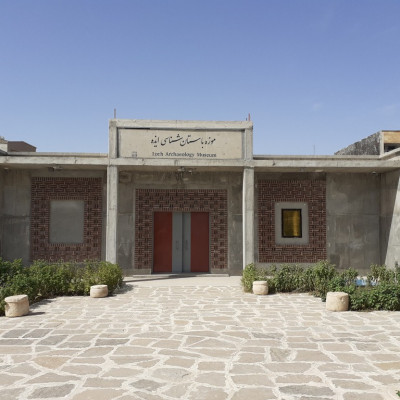Izeh is one of the green and good weather cities of Khuzestan, located in the northeast of the province. The historic monuments in the city indicate its history dating back to Elamite period.
The city had been famous by different names along history, like Anzan, Izaj, Arig, Mal Amir; for example, it was called Malmir when it was the capital city of Atabakan-e Lur.
Izeh, with 3789 km area, shares land borders with Lordegan to the north, with Masjed Soleiman to the northwest and west, with Chahar Mahal and Bakhtiari to the east, with Baghmalek and Kohgiluyeh and Buyer Ahmad province to the southeast and south. The distance between Izeh and Tehran is 770 km and to Ahvaz is 184 km.
The majority of the population in this city are from Bakhtiari tribe and they speak in Bakhtiari dialect. Job of most of them is agriculture and husbandry. The main agricultural products of this region are wheat, barley, rice and dairy.
Unlike most cities in Khuzestan, Izeh is mountainous. It has a temperate climate and it can welcome to tourists and nature-lovers in warm seasons, too.
Given to the antiquity of the region, there are many invaluable historic monuments here; interesting among the historical inscriptions of the region are the complex of Eshkaft-e Salman, Kul-e Farah reliefs, Khung-Ajdar rock reliefs next to Gazhdomak Castle, Khung-e Alivand, Khung-e Kamalvand, Sheyvand relief and Shahsavar historical complex related to Elamite and Parthian Periods.
Among the most famous natural attractions of Izeh, Susan Plain, Zaras Tourism village in the north of Karun3 Dam’s lake, the surrounding nature of Karun3 Dam, Bandoon Wetland, Miangaran Wetland on the road of Izeh to Shahr-e Kurd and the Oak Forest Park should be referred. Some tourists, also, visit the Sheyvand waterfall and Tofespid Waterfalls inside the protected area of Shaloo and Moongasht. Given to the cold weather of Izeh during winter, the best time for visiting this region is the late of winter and the beginning of autumn.
Handicrafts like Bakhtiari rugs and carpets, Kilim and Gabbeh with the repeated motifs of lion and ibex, have been highly popular among Izeh people from the past. In addition, the milkvetch’s honey and the rice of Susan Plain along with Chogha and Giveh are Izeh’s important souvenirs.
Bakhtiari customs are highly prominent in this city. In the past, people put the lion symbol in cemeteries on the grave of brave people, because they believe that the lion symbolizes the concept of brevity and some of them are still remained. They can mostly observable in a cemetery on the road of Izeh to Haftkel.
The traditional customs here are Bakhtiari music named Tooshmal, Dastmal Bazi and Choob Bazi in the wedding ceremonies and famous songs as Gagrio in the mourning ceremonies. Reading Book of King- Shahnameh Khani- has also an especial place among Bakhtiaries.
Bakhtiari Kebab, Sholova Dowa Pottage, Toule, kalag or oak bread, Sholva Kashk, Opiazi, Komeh, Gamneh and O-dal are the famous local foods here.
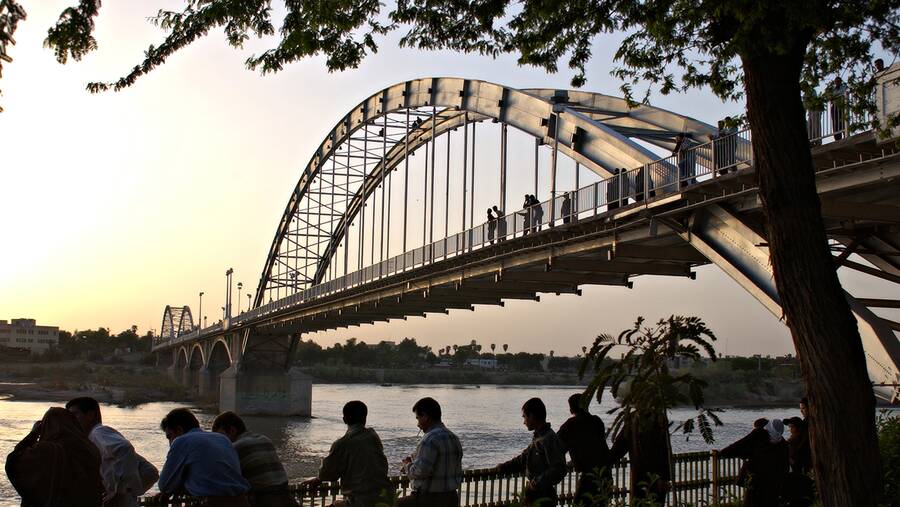
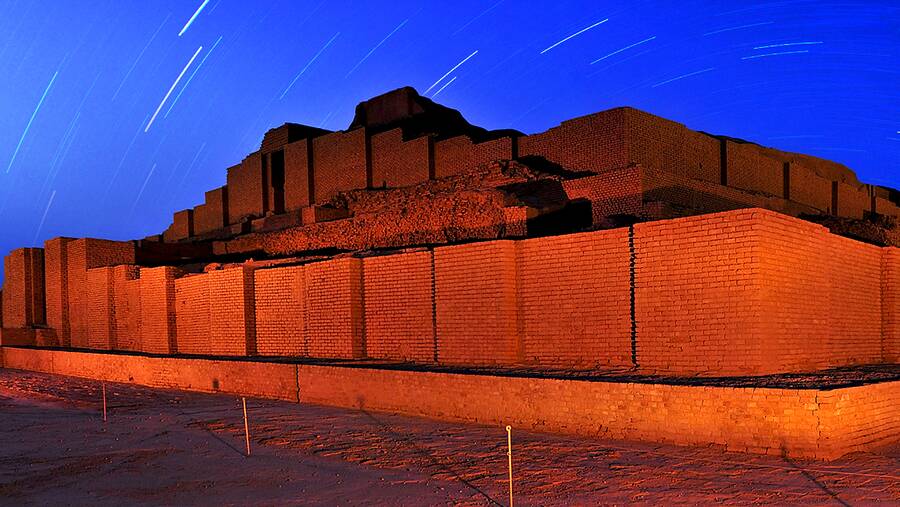
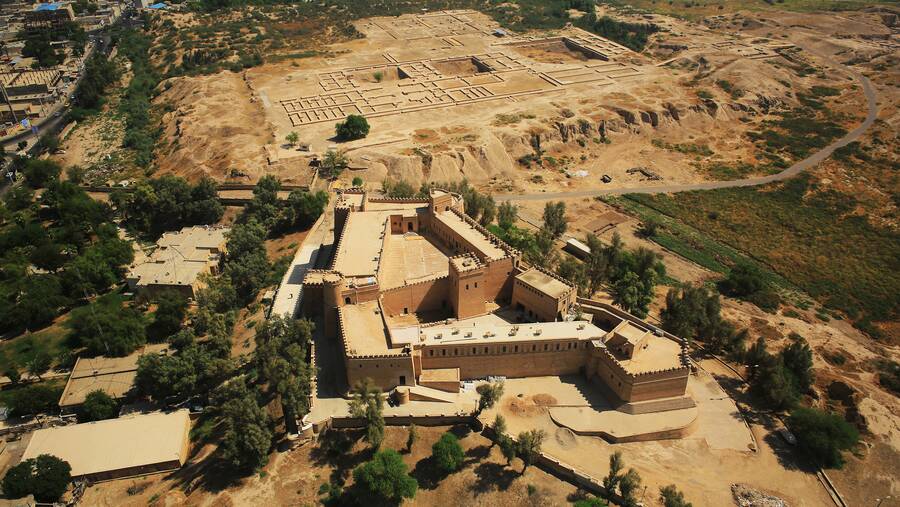
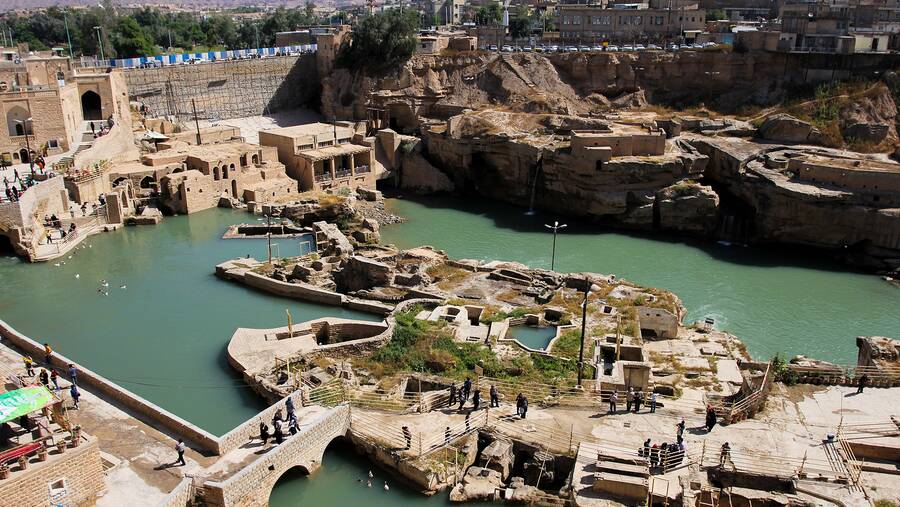
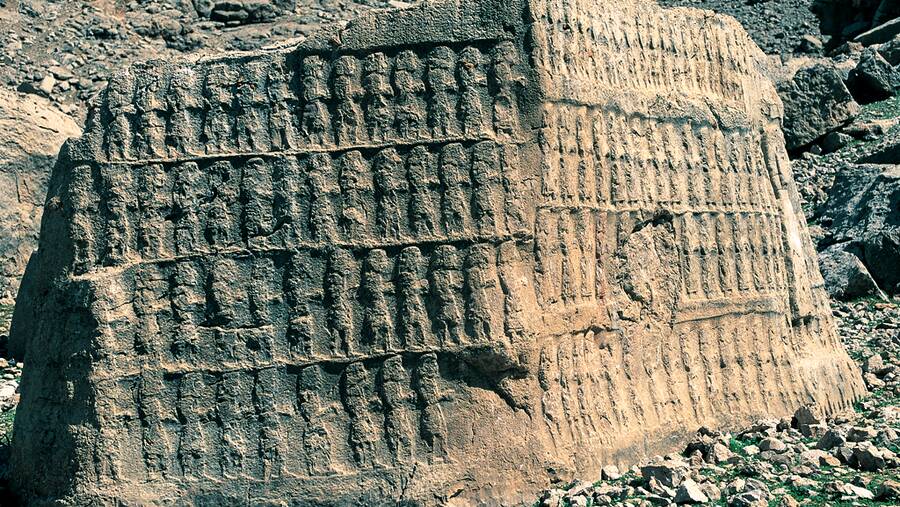
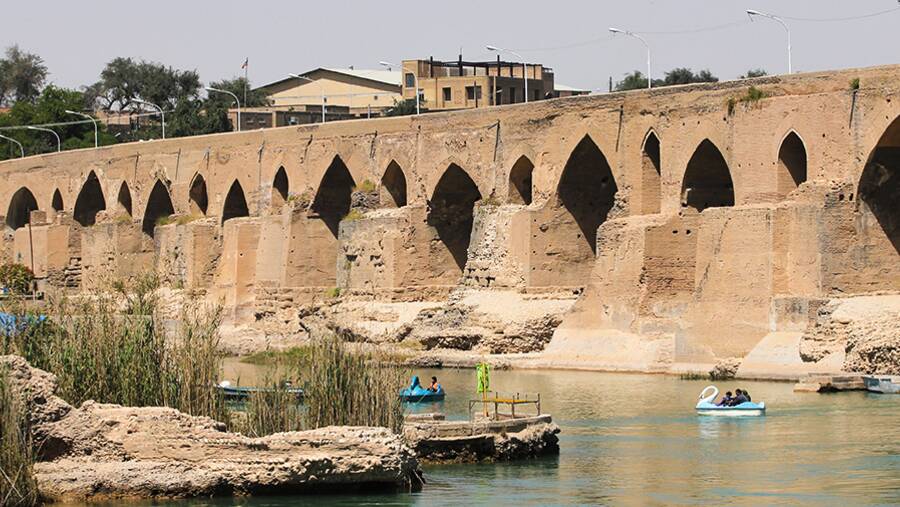
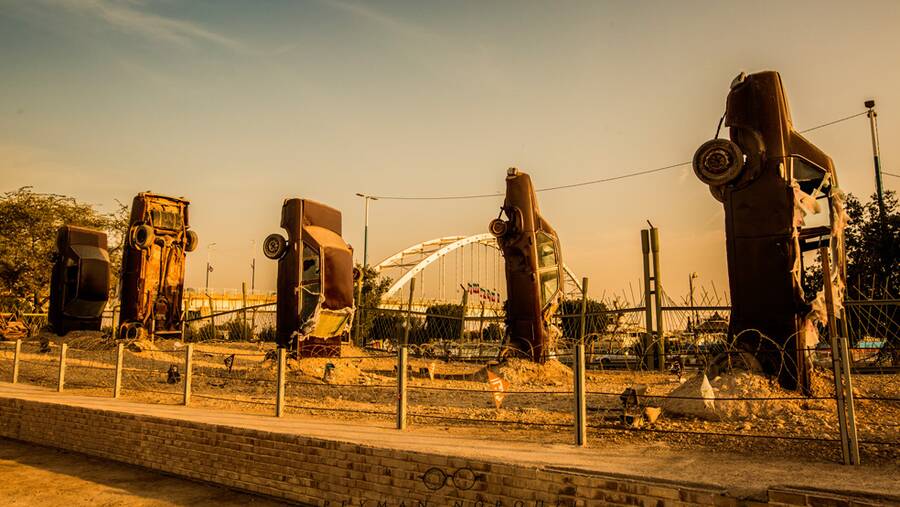
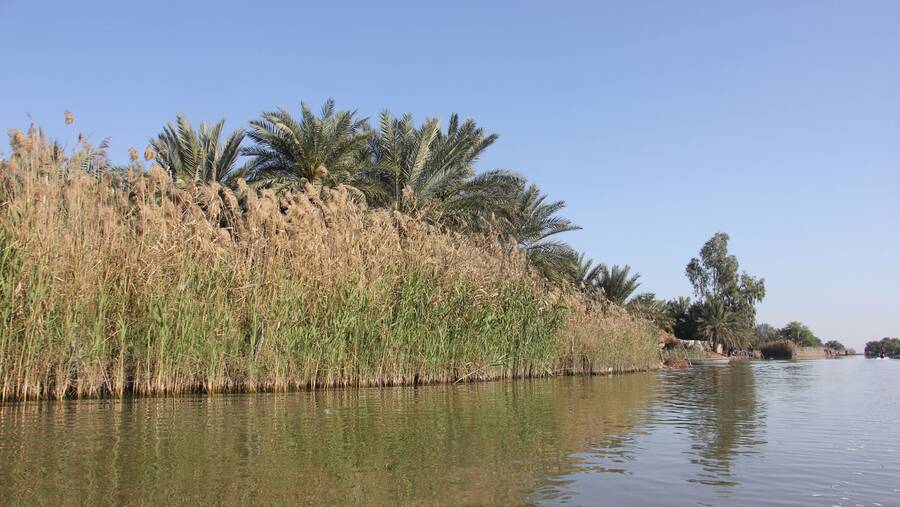
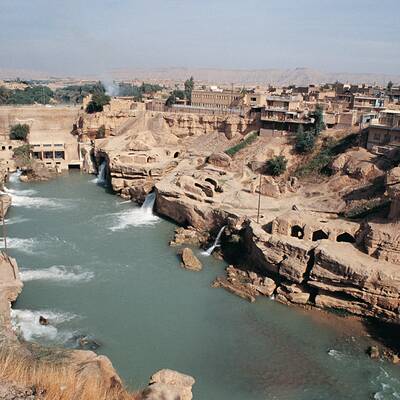
.jpg)
w.jpg)
